Emerging destinations: Maragheh fossil paradise
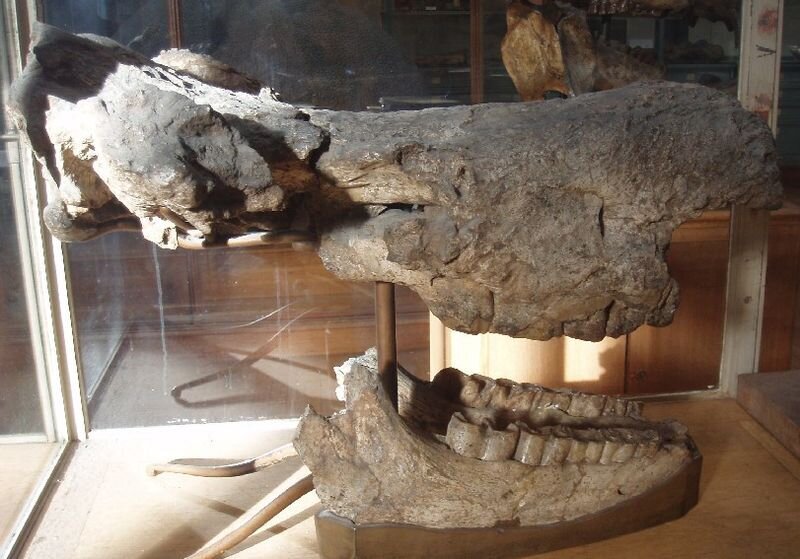
TEHRAN - Renowned worldwide as a “fossil paradise” in northwest Iran, Maragheh is home to enormous herbivorous fossils such as ones related to Mastodons and Deinotherium (kinds of elephants and rhinos), among other extinct mammals.
The site has been the focus of paleontologists and geologists for many years since Maragheh fauna is considered one of the three most preeminent western Eurasian late Miocene Pikermian faunas, along with Samos and Pikermi in Greece.
Seasons of excavation and paleontological studies have yielded mastodon dentin fossils, upper rhinoceros jaws, carnivorous skulls, horse teeth and jaws, giraffe jaws, and fossils of a primary human. Except for Maragheh, sediments similar to Maragheh are also found in Ahar, Varzeqan, northwest of Tabriz (Evand), and near Mianeh.
Earlier this year, Mikael Fortelius, a professor of Evolutionary Paleontology at the University of Helsinki, told IRNA that archaeologists have unearthed some fossils dating back more than 8 million years in Maragheh that show high potential for further excavations in this region.

If archaeologists can unearth fossils dating back to around 11 or 12 million years ago, the fossil site of Maragheh would become more important than ever, he noted.
There are some fossils of about eight-million-year savanna animals in the fossil site of Maragheh, he said, adding that they were found after a while in Saudi Arabia and Africa.
Abbas Qaderi, who presides over the Iranian Paleontological Society, said in April that the fossil site should be designated as a geopark. “The Maragheh fossil site is among the five most important and valuable vertebrate fossil sites in the world and it has the potential to be designated an international geopark,” Qaderi said.
“This valuable capacity, which is unmatched in other countries in the region and is rare in other parts of the world, calls for further study, introduction, and creation of various geosites as part of an important global geopark,” Qaderi explained.
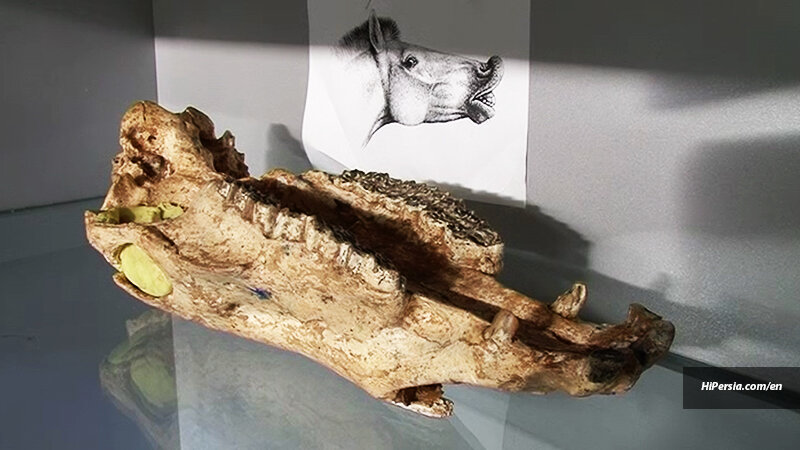
According to an article authored jointly by Majid Mirzaie Ataabadi, Raymond L. Bernor, Dimitris S. Kostopoulos, Dominik Wolf, and several other international archaeologists, the site is unique amongst the three classical Pikermian faunas in its clear stratigraphic display and layer-cake stratigraphy with several, laterally continuous volcanic ashes that are readily amenable to radioisotopic dating.
As with Pikermi and Samos, Maragheh is a true “Lagerstatte” because of the sheer abundance and diversity of its fauna.
A Russian explorer, Khanikoff has been credited with first finding the Maragheh site in 1840 and sending a small collection to Dorpat University (now the University of Tartu, Estonia). The Maragheh fauna was initially studied in the latter half of the 19th century.
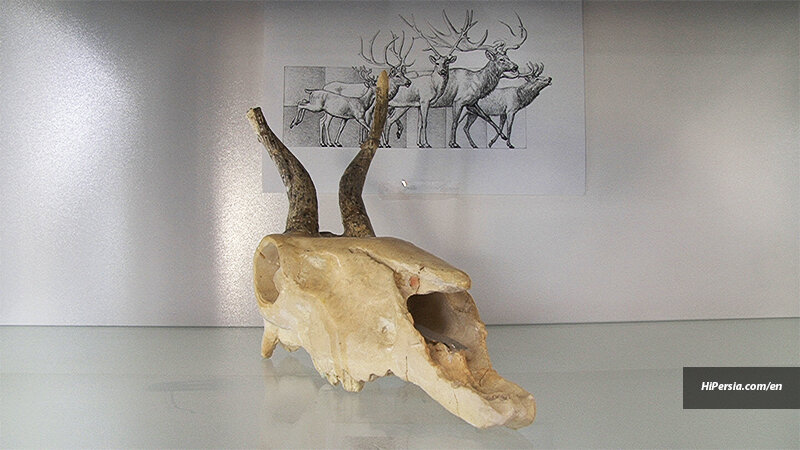
These early works provided data on Maragheh’s similarity to Pikermi. The Austrian paleontologist Pohlig was invited by a merchant from the nearby city of Tabriz to visit the locality in 1884, and it was Pohlig that made the first comprehensive collection and geological study of Maragheh.
Pohlig explored extensively across the Maragheh basin and would appear to have sampled fossils from nearly all if not all the Maragheh section. The Pohlig collection in the Naturhistorisches Museum, Wien, is extraordinary as an early collection because much of it preserves locality information which facilitates understanding of its stratigraphic provenance.
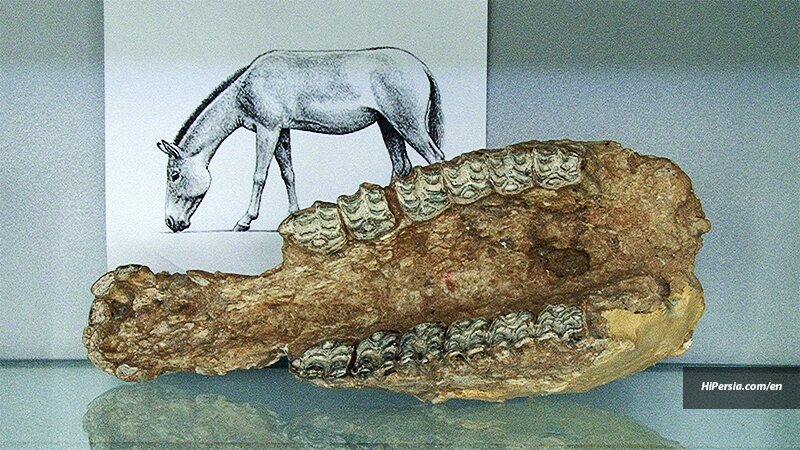
Two other Austrian paleontologists, Rodler and Kittl, visited Maragheh and made an extensive collection of fossils which were later published by Kittl (1887), Rodler (1890), Rodler and Weithofer (1890), and Schlesinger (1917).
Damon, from the British Museum of Natural History, London, made a small collection briefly communicated by Lydekker in 1886.
In 1897, the French paleontologist Marcellin Boule secured permission to conduct a paleontological expedition to Maragheh in 1904. The 1904 French expedition to Maragheh was organized at a very grand scale for this time in paleontology.
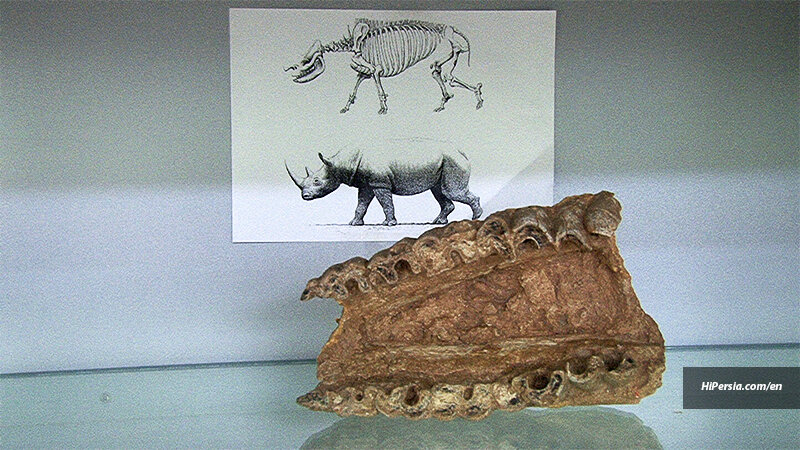
In addition, a group of French paleontologists assisted by 12 local laborers excavated a large sample of Maragheh fossils from Kingir, Kopran, Shollevend, and Kermedjawa.
More than 50 years elapsed before other reported expeditions occurred at Maragheh. Takai from Tokyo University collected Maragheh fossils from Kerjabad. Robert Savage of Bristol University also visited Maragheh in 1958 and collected fossils. Tobien, from Johannes-Gutenberg University, Mainz made important excavations of the middle portion of the Maragheh sequence in the 1960s. Moreover, many studies conducted in the 1970s yielded important outcomes as well.
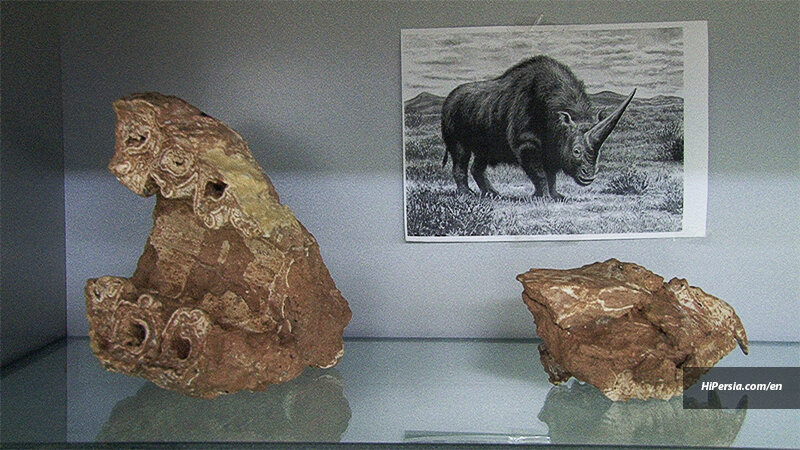
After decades of excavation activities in the Maragheh basin, Iran’s Department of Environment and the National Museum of Natural History unveiled a new initiative and sponsored new excavations in the area which resulted in the nomination of ten square km of Maragheh fossiliferous area as a national protected zone. Moreover, their efforts resulted in the establishment of a field museum and a research station nearby.
AM
Leave a Comment